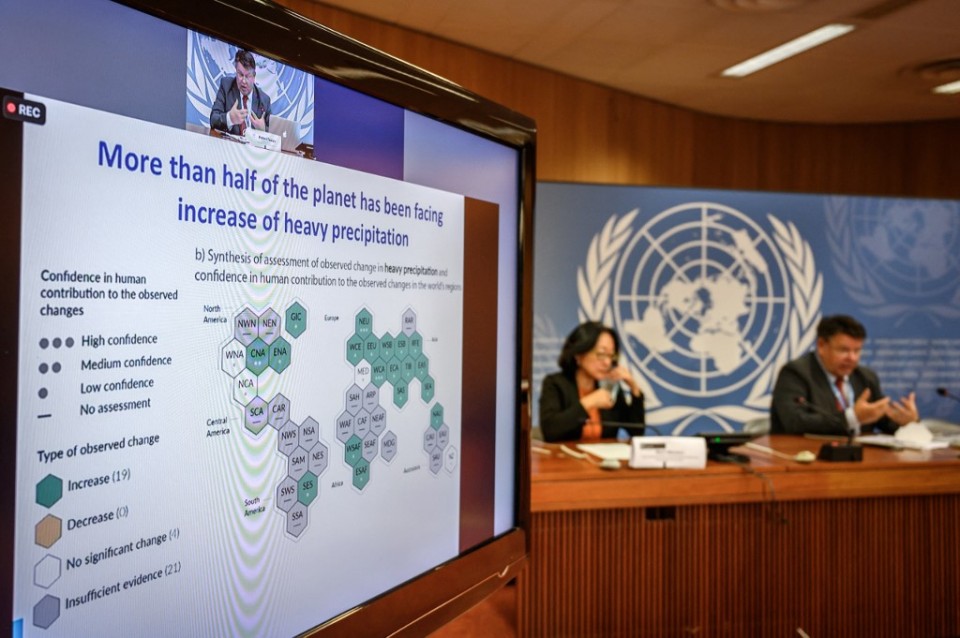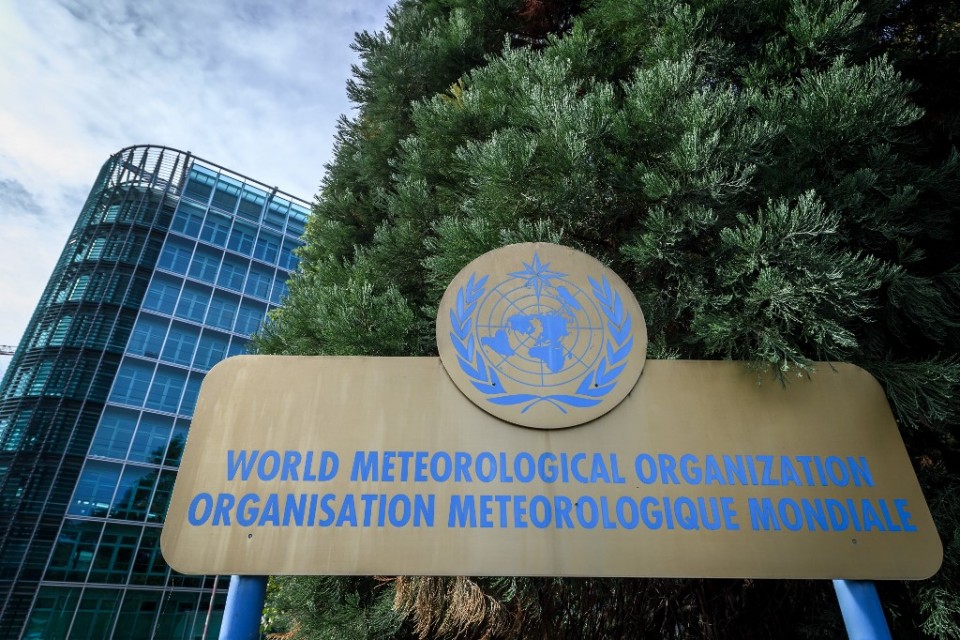
GENEVA, Switzerland (AFP) — The weather phenomenon La Niña could resurface before the end of 2021, after petering out four months ago, the UN said Thursday, predicting above-average temperatures despite its generally cooling influence.
The World Meteorological Organization said that there was now a 40-percent chance that La Niña, which last held the globe in its clutches between August 2020 and May, would reappear again by year-end.
“But despite La Niña’s cooling influence, temperatures over land areas are expected to be above average between September and November, especially in the northern hemisphere,” the UN agency said in a statement.
La Niña refers to the large-scale cooling of surface temperatures in the central and eastern equatorial Pacific Ocean, occurring every two to seven years.
The effect has widespread impacts on weather around the world — typically the opposite impacts to the El Nino phenomenon, which has a warming influence on global temperatures.
But WMO warned that global warming is helping to worsen and distort the effects of such natural phenomena.
“Human induced climate change amplifies the impacts of naturally occurring events like La Nina and is increasingly influencing our weather patterns,” WMO chief Petteri Taalas said in a statement.
He pointed to the more intense heat and drought, which boost the risk of wildfires, as well as widespread flooding.
“We have seen this with devastating and tragic effect in the past few months in nearly all regions of the world,” he said, warning that “climate change is increasing the severity and frequency of disasters.”

WMO said that if La Niña does reappear, it is expected to be weak, and its temporary global cooling effects will not be enough to prevent temperatures from climbing higher than normal.
Temperatures are expected to be mostly above average over the central and eastern part of North America, northern Asia and the Arctic, as well as over central and eastern parts of Africa and southern South America, it said.
The UN agency meanwhile said the typical rainfall anomalies generally associated with La Nina could still be expected.
Southern parts of South America for instance risked below-normal precipitation, while the north could see more rain than normal.
From the Mediterranean to the Arabian Peninsula and into central Asia, below-normal rainfall was also likely, it said.
© Agence France-Presse








